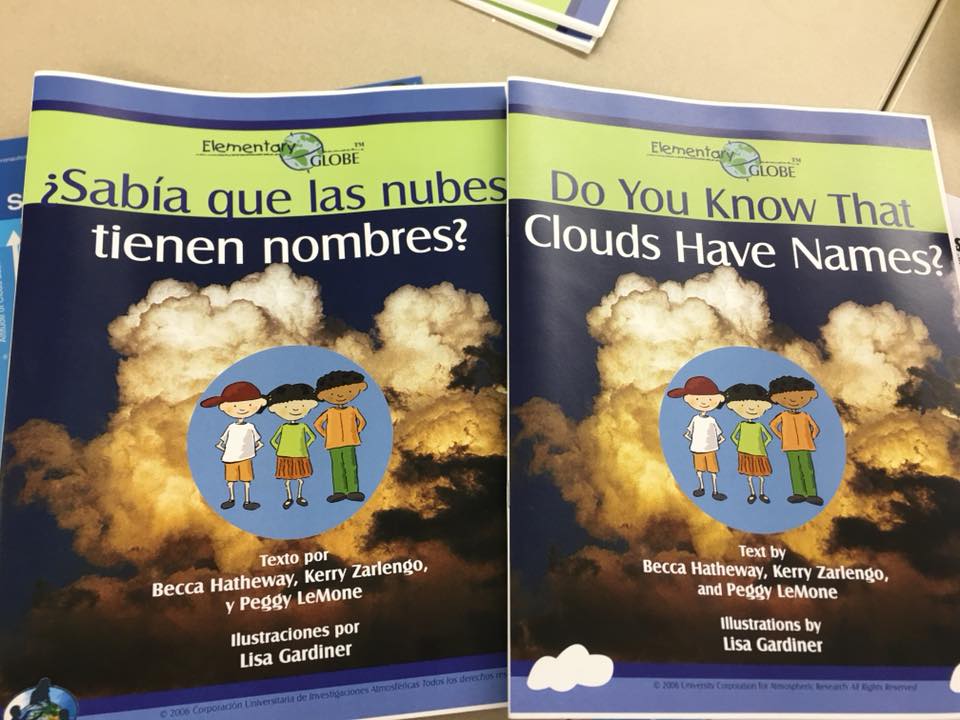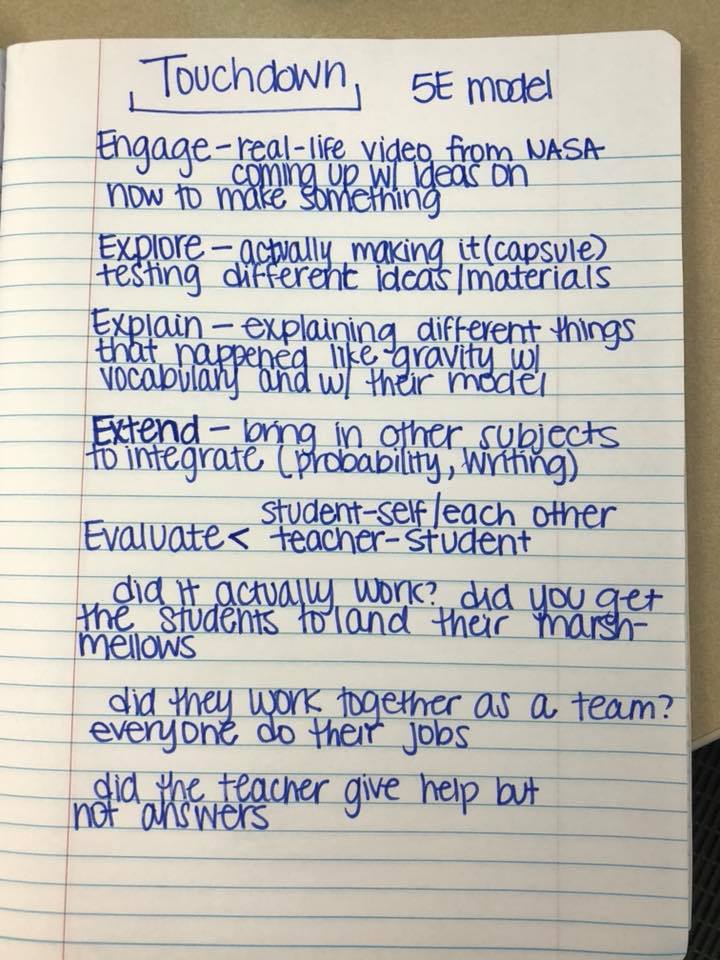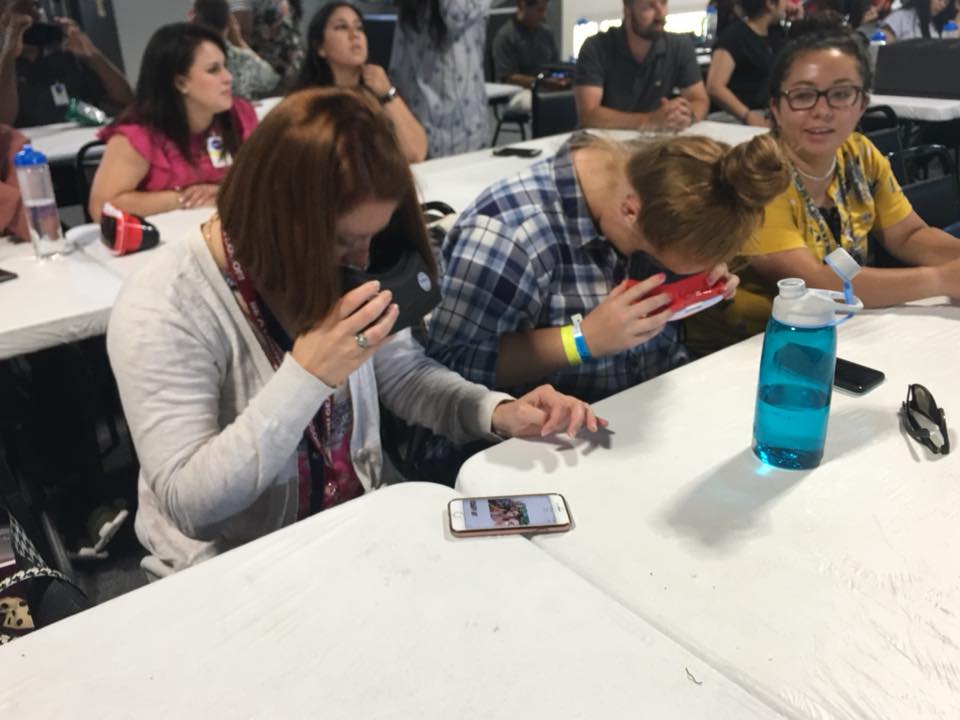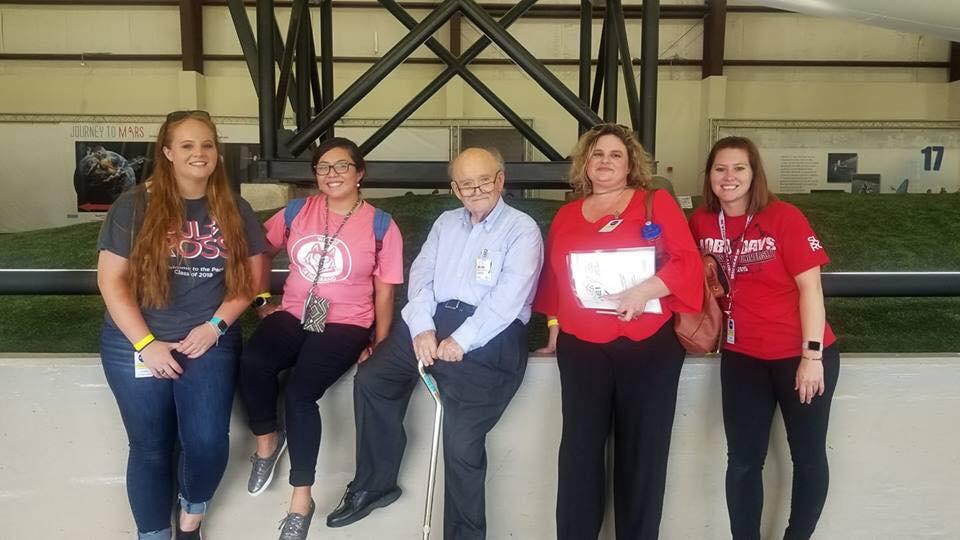I was very fortunate to attend the Summer 2018 NASA MEI conference. During this time, I learned various STEM components and improved my knowledge of Aeronautical and Space Science. Prior to attending, I was having trouble trying to figure out how exactly I would incorporate this material in my future classroom. As an English major, these concepts rarely appear, and that is a huge issue.
STEM is in fact so versatile and should be incorporated cross curriculum. It makes learning more personal and fun. As an English teacher, my job does not end when the book is over. Therefore, incorporating STEM goes beyond the book. It places multiple subjects in the students minds and allows them to extend their knowledge rather than just stay at a base level.
Using STEM extends a student’s knowledge and pushes them to think in a way that they can incorporate their knowledge in the real world. Students can build and strengthen writing and literacy skills that will help them in math, science, technology and beyond. One of the most beneficial aspects of STEM is that it pulls knowledge from multiple subjects and allows students to apply it to prior and future knowledge. Through STEM, teachers can guide students to be effective and a contributor as global citizens.

Rebecca Garcia is currently a graduate research assistant in the College of Education and Professional Studies at Sul Ross State University.

One of the STEM literacy examples that Rebecca participated in is the Do You Know That Clouds Have Names activity sponsored by The Globe Program, a global Science and Education Program. To learn more about Globe activities and to become a trained Globe teacher, visit https://www.globe.gov/join/become-a-globe-teacher.








